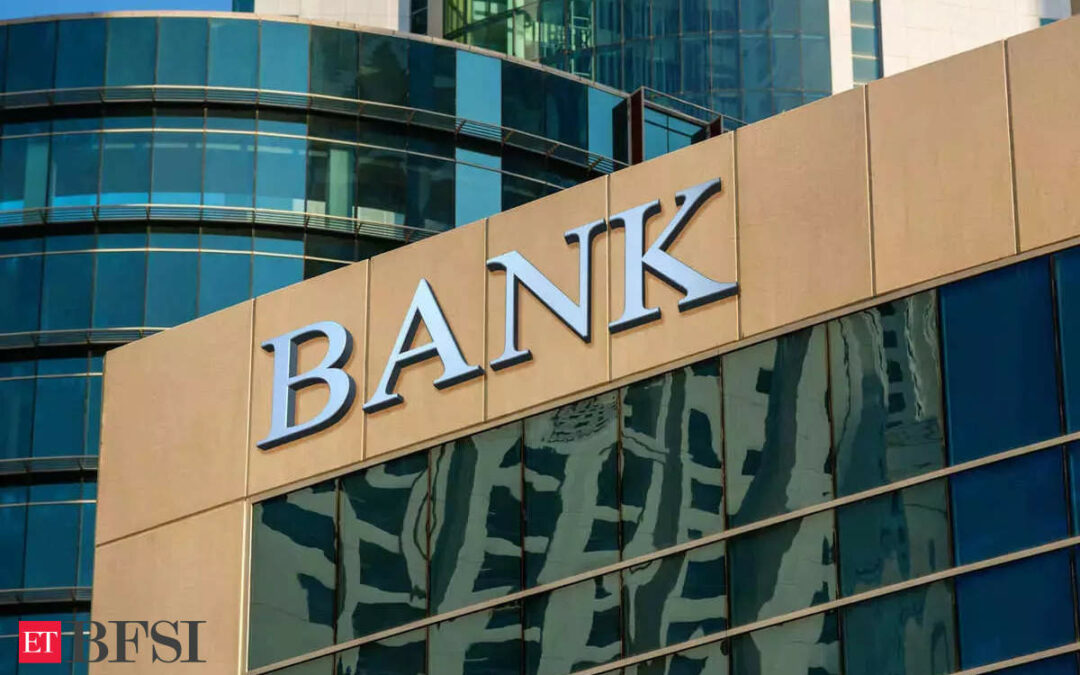Big U.S. lenders are expected to show they have ample capital to weather any renewed turmoil during this week’s Federal Reserve health checks, but will be conservative on investor payouts amid economic and regulatory uncertainties, analysts said.
The central bank on Wednesday will release the results of its annual bank “stress tests” which assess how much cash lenders would need to withstand a severe economic downturn and how much they can return to investors via dividends and share buybacks.
The results come a year after three large banks failed and as higher Fed interest rates continue to squeeze regional lenders’ margins and their commercial real estate (CRE) portfolios. Weakening consumer demand has also dampened sentiment on the trajectory of the economy.
With more mid-sized banks in the mix this year, the tests should provide fresh insight into the health of those lenders.
Introduced following the 2007-2009 financial crisis, the annual exercise is integral to banks’ capital planning.
The results will also likely fuel Wall Street banks’ campaign to ease draft capital hikes proposed by the Fed, which they say are unnecessary because big banks are already flush with cash.
Bank groups will be scouring Wednesday’s results for evidence that boosts their case, while being cautious on payouts since big dividends and buybacks could hurt banks’ argument that extra capital demands would impede their capacity to lend.
“The stress test could be used as a proxy battle in the overall capital regulatory reform war,” said Ed Mills, an analyst at Raymond James. “There could be some increase in returning capital to shareholders but it is expected to be modest as capital norms are yet to be finalized.”
This year 32 lenders will be tested. Wall Street giants JPMorgan Chase, Citigroup, Bank of America , Goldman Sachs, Wells Fargo and Morgan Stanley usually attract the most scrutiny.
Citi and Goldman, as well as smaller lender M&T Bank , are expected to perform well due to changes in their balance sheet mixes, said analysts at Keefe, Bruyette & Woods (KBW).
With some lingering investor jitters about regional banks, mid-sized lenders including Citizens, KeyCorp and Truist are likely to be in the spotlight too, as will Discover Financial Services, whose compliance problems helped make it a takeover target.
“KeyBank is well capitalized with strong credit quality and deposit profiles,” a bank spokesperson said, adding Key also has a moderate risk profile with a wide range of funding sources.
Spokespeople for Wells Fargo, Citi, Morgan Stanley, Truist and M&T Bank declined to comment while Goldman Sachs, JPMorgan, Citizens and Discover did not respond to requests for comment.
CRE EXPOSUREx`x`
The industry has performed well in recent years, although some critics say the tests are too easy. The Fed faced criticism after the 2023 bank failures for not having probed lenders’ ability to withstand higher rates, for example.
Analysts expect all 32 banks will show capital in excess of regulatory minimums. Last year, the central bank found the 23 banks tested would suffer a combined $541 billion in losses in a severe economic downturn, but that would still leave them over twice the capital required under Fed rules.
This year’s test is similar in its severity, but includes around 10 banks that are tested less frequently.
The Fed’s 2024 “severely adverse” scenario envisages the unemployment rate jumping 6.3 percentage points, compared with 6.4 points in 2023, to a peak of 10%. It includes sharper declines in the stock and bond markets this year, but slightly less severe dips in home prices and the overall economy.
As with 2023, the test also envisages a 40% slump in CRE prices, an area of concern as lingering pandemic-era office vacancies and high rates continue to stress landlords.
How well a bank performs dictates the size of its stress capital buffer (SCB) – an extra cushion of capital the Fed requires banks to hold to weather the hypothetical economic downturn, on top of regulatory minimums needed to support daily business. The larger the losses under the test, the larger the buffer.
Piper Sandler and KBW analysts predict that SCBs will mostly be flat across the group, although KBW expects Citi’s will fall after the bank sold most of its international consumer loans and that Goldman’s will likewise decline thanks to lower exposure to equity and real estate investments. M&T Bank’s efforts to reduce its CRE exposure should also result in a smaller SCB, said KBW.
KeyCorp and Truist, meanwhile, could experience an increase in their SCBs from a hypothetical hit to their income, KBW said.
Christopher Wolfe, head of North American banks ratings at Fitch, said investors will be watching how banks’ CRE loans perform.
“The banks have been keeping aside reserves of up to 10% for the office loan portfolio and CRE will be a focus but mainly for regional banks compared to large lenders,” he said.










